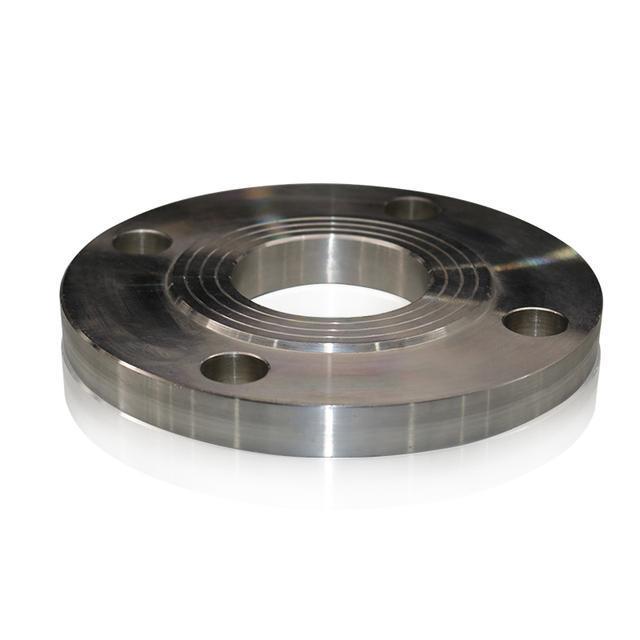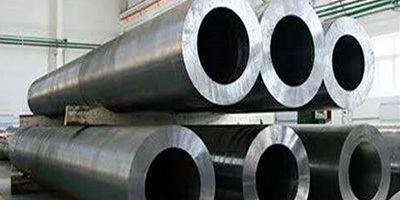
Overview of Flange Standards and Materials in Various Countries by Electric Heating Exchange
Release time:
20 Jan,2025
The casting of flanges first appeared in 1809 proposed by the British Erchardt, and it was not until the early twentieth century that flanges were gradually adopted and promoted. In our country, the use and casting of flange pipes and tubular castings such as iron pipes, copper sleeves, cylinder sleeves, and bimetallic steel-backed copper sleeves began in the 1930s.
Currently, flanges have become an international standard, mainly consisting of two systems: the European pipe flange system represented by German DIN (DIN, GB, JB, HG20592) and the American pipe flange system represented by American ANSI (including ANSI, GB, HG20615) as well as Japan's JIS pipe flange.
1. Flange Standards in Various Countries
1. European Flange System
European Flange System: German DIN
Nominal pressure: 0.1, 0.25, 0.6, 1.0, 1.6, 2.5, 4.0, 6.4, 10.0, 16.0, 25.0, 32.0, 40.0, Mpa;
Nominal diameter: 15~600mm;
Flange structural forms: rolled edge loose flange, butt-welded rolled edge loose flange, flat welded plate type, flat welded ring loose flange, butt-welded ring loose flange, butt-welded type, necked threaded connection type, integral type, and flange cover;
Flange sealing surfaces include: flat surface, rubber ring connection surface, lens surface and membrane welding surface, concave surface, convex-concave surface, and tongue and groove surface;
2. American Flange System
American Flange System: American ANSI B16.5 "Steel Pipe Flanges and Flanged Fittings"
Nominal pressure: 150psi (2.0Mpa), 300psi (5.0Mpa), 400psi (6.8Mpa), 600psi (10.0Mpa), 900psi (15.0Mpa), 1500psi (25.0Mpa), 2500psi (42.0Mpa);
Nominal diameter: 6~4000mm;
Flange structural forms: strip welding, loose flange, butt welding, and flange cover, socket welding, threaded connection;
Flange sealing surfaces: concave surface, tongue and groove surface, metal ring connection surface, convex-concave surface.
3. JIS (Japanese Standard) Pipe Flange
JIS pipe flanges: used only for petrochemical public utility engineering.
2. Flange Materials
WCB (carbon steel), LCB (low temperature carbon steel), LC3 (3.5% nickel steel), WC5 (1.25% chromium 0.5% molybdenum steel), WC9 (2.25% chromium), C5 (5% chromium 0.5% molybdenum), C12 (9% chromium 1% molybdenum), CA6NM (4) (12% chromium steel), CA15 (4) (12% chromium), CF8M (316 stainless steel), CF8C (347 stainless steel), CF8 (304 stainless steel), CF3 (304L stainless steel), CF3M (316L stainless steel), CN7M (alloy steel), M35-1 (Monel), N7M (Hastelloy B), CW6M (Hastelloy C), CY40 (Inconel) etc.

Previous Page:
Related News
Flange Standards and Selection Methods
20 Jan,2025
What is free forging of forged flanges?
20 Jan,2025



